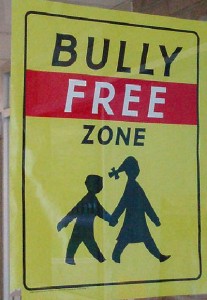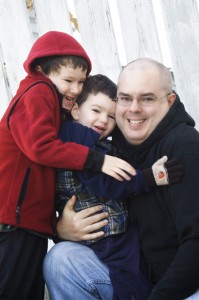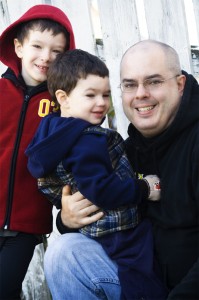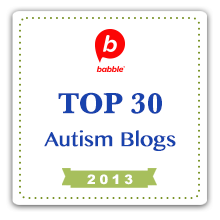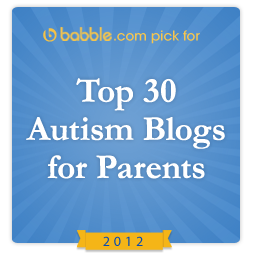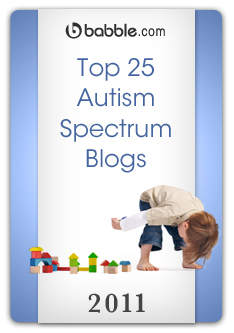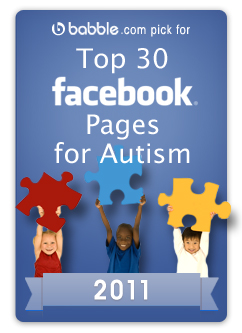I haven’t written about bullying because I’ve been fortunate enough to have not encountered it yet with my children and even if I had, I certainly wouldn’t know much about what to do… so I’m definitely not an authority.
But today, on #SpiritDay (October 20th, 2010), we wear purple to put an end to Anti-LGBT bullying and bullying in general. So I figured today is a great day to do more than just wear purple.
It’s time to get some information.
Sonia Sharp, an expert on bullying, said in a speech for Brighton and Hove Education Authority
- 1 in 2 students experience occasional bullying during any school term
- 1 in 4 students in primary school are bullied more than once or twice at least in any term (so they are more than twice as likely to be bullied as those in secondary schools)
- 1 in 10 in secondary school are bullied more than once or twice at least in any term (some research says one third of secondary students are bullied during the course of the school year)
- 1 in 10 primary aged students are persistently and frequently bullied – possibly every day
Some facts from other experts:
- Between 15 and 25 children every year commit suicide because they are being bullied (there may be more we don’t know about, and many more than this attempt it because bullying has made them so unhappy.
- More than a quarter of students get threats of violence whilst at school, and half of these threats have been carried out.
- Attacks on boys accounts for 75% of these incidents.
- Around 10% of children have missed school because of the violence.
- Up to 40% of secondary school students feel that their teachers are unaware of the bullying which goes on.
- About 17% of calls to ChildLine are about bullying. For five years running it’s been the most common reason people call
- More 12 year olds call ChildLine about bullying than any other age group
Source: CoastKid
Bullying comes in various different forms. It doesn’t just happen at school, it happens in the workplace, social settings in general and even online.
The worst is racial, discriminatory and of course, in the case of the Anti-LGBT movement today, bullying based on sexual preference.
Norwegian researcher Dan Olweus defines bullying as when a person is “exposed, repeatedly and over time, to negative actions on the part of one or more other persons.” He defines negative action as “when a person intentionally inflicts injury or discomfort upon another person, through physical contact, through words or in other ways.”
I don’t have the answers, but I know that sitting around saying that I don’t have the answers is certainly not helping. So instead, I found some great sources and am sharing them now.
Websites
- http://www.bullyingcanada.ca/
- http://prevnet.ca/Default.aspx
- http://www.antibullying.net/
- http://www.bullying.co.uk/
- http://www.childline.org.uk/Pages/Home.aspx
- http://www.ccohs.ca/oshanswers/psychosocial/bullying.html
Phone
- 1-800-4CHILD
- 1-800-273-talk
Please share these resources and for goodness sakes, please USE these resources if you need to. Bullying can happen to anyone, it’s not your fault if it happens to you. Recent stats puts unreported bullying at over 2/3 of cases. That’s tragic.
What is more tragic is when bullying leads to depression or worse, suicide.
You are not a victim so stop being one. And don’t let people you know be the victim either. Pick up the phone or a keyboard and get some help. It can be stopped but you have to stand up and take a stand for that to happen… and you’re worth it.
PS, if you have more resources for your country or just in general, please feel free to include them as a comment to this article. The more information the better.
PPS, please don’t shy away from blogging about bullying today, even if you don’t know much about it. It’s an important issue that people need to talk about. Only then can it come to an end.



